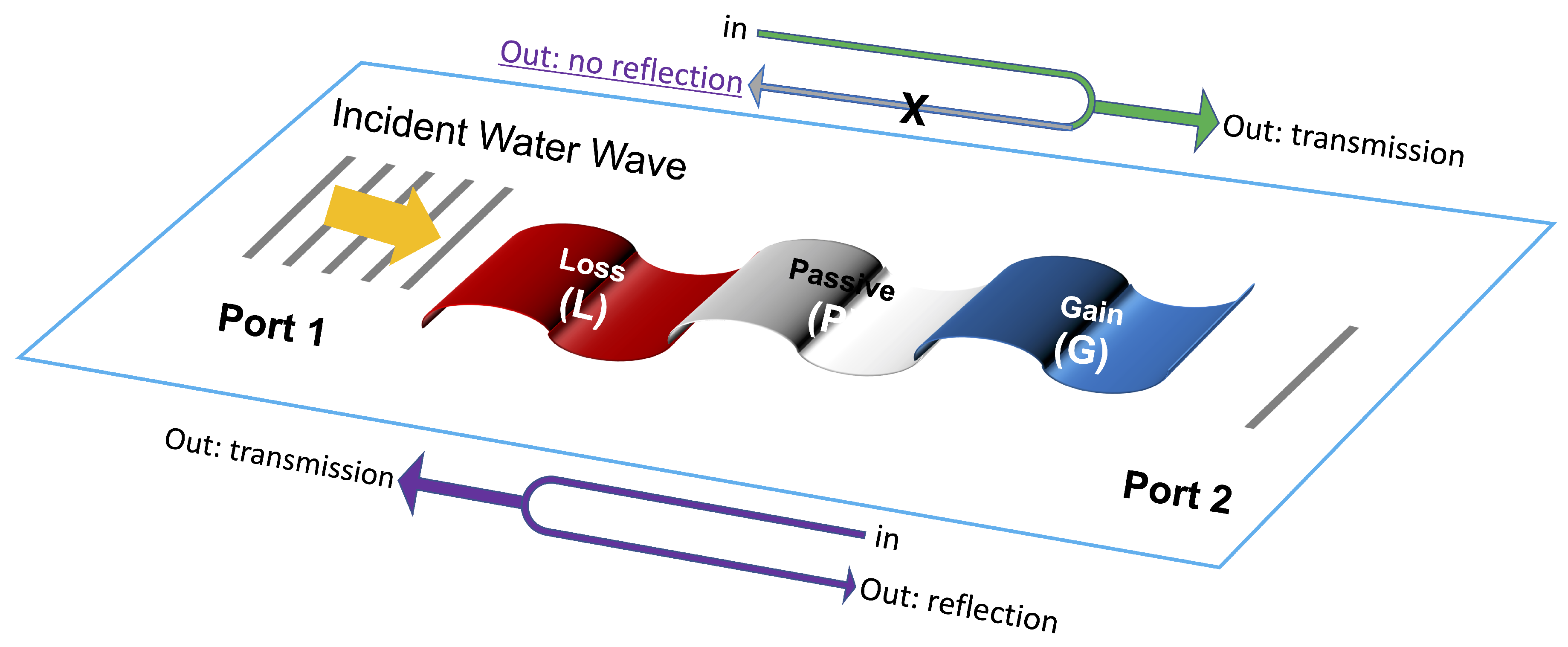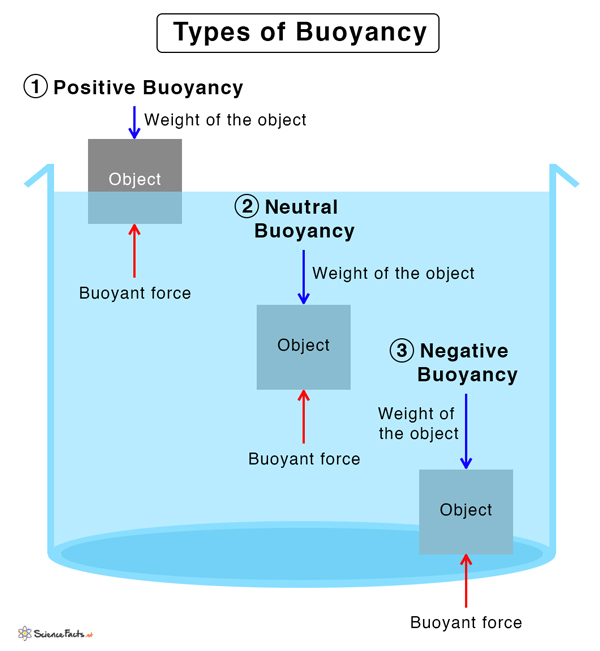
The cookie is set by the GDPR Cookie Consent plugin and is used to store whether or not user has consented to the use of cookies. The cookie is used to store the user consent for the cookies in the category "Performance". This cookie is set by GDPR Cookie Consent plugin. The cookie is used to store the user consent for the cookies in the category "Other. The cookies is used to store the user consent for the cookies in the category "Necessary". The cookie is set by GDPR cookie consent to record the user consent for the cookies in the category "Functional". The ascent may be actively driven by convection, as in mantle plumes, where hot, buoyant jets from the deep interior are thought to provide a rich source of. The cookie is used to store the user consent for the cookies in the category "Analytics". This cookie is set by GDPR Cookie Consent plugin. A piezoelectric, flexural-disk accelerometer for underwater use is composed of two PZT-5A lead zirconate-titanate disks that are bonded to an aluminum. These cookies ensure basic functionalities and security features of the website, anonymously. We attribute this deficit of load magnitude to the presence of a buoyant sub-lithospheric load beneath the Ross Island that results from low density upper mantle.Necessary cookies are absolutely essential for the website to function properly. This is less than the estimated load of 9 x 10 16 N for the mass of the Ross Island. The net load that produces flexure around Ross Island, estimated by adding loads determined from the flexure models from each of the four volcanic centers, is 6 ± 4 x 10 16 N. These estimates show that the flexural strength of lithosphere to the west and south of the island are lower than that to the east and north. Erebus, show flexural rigidities of 6 x 10 18 N-m and 11 x 10 18 N-m respectively. The flexure models to the south and west, constrained by profiles originating from HPP and Mt. Terror, show flexural rigidity of 36 x 10 18 N-m and 237x 10 18 N-m. Plate flexure (Section 2.11.4) describes how the lithosphere responds to. The models to north and east of the island, constrained by profiles originating at Mt. Models of continental extension that emphasize crustal buoyancy forces. The 2-D profiles originate at each of the four volcanic centers and trend radially outward from Ross Island. We modeled subsidence in these basins along 2-D profiles extracted from the decompacted isopach maps using an axisymmetric continuous plate, point load flexural model. Isostatic factors controlling lithospheric buoyancy are frequently uncertain and nonisostatic factors, such as lithospheric bending towards subduction zones.

This structure results from bending due to buoyancy of a submerged ice bench generated by ice-front melting near the waterline when warm water is present in summer. The maps show the flexural moat around Ross Island to be a composite of smaller flexural sub-basins formed at different times by loading at each of the four volcanic centers on the island. Profiles frequently show a depression a few meters deep about 200800 m upstream of the front, with higher values on the eastern portion of the ice shelf. These unconformities were used to create isopach maps which were then decompacted to determine the thicknesses of strata at the time of subsidence and deposition. We identified five unconformities in seismic surveys that bound distinct episodes of flexural subsidence. The project proposes a type of social housing adapted to the local conditions, which is.

The riverside residents of Manaus live in a flood zone. Periods of flexural subsidence associated with each of these volcanic loading events are evident in stratigraphy imaged on seismic reflection surveys in the area. The Next Generation 1st prize for Latin America went to Buoyant Housing in Brazil Riverside living and community complex by Danielle Gregorio, student at the University of São Paulo, Brazil. Subsequent volcanic episodes between 2.5 – 1.7 Ma, 1.7 – 1 Ma and 1 Ma – present formed Mt. Bird between 4.1-2.5 Ma led to the first topographic expression of Ross Island.

The island is surrounded by a sedimentary moat created by progressive loading of the lithosphere that occurred during four phases of volcanism on the island. Ross Island is a Neogene volcanic island located in the Ross Sea of West Antarctica.


 0 kommentar(er)
0 kommentar(er)
